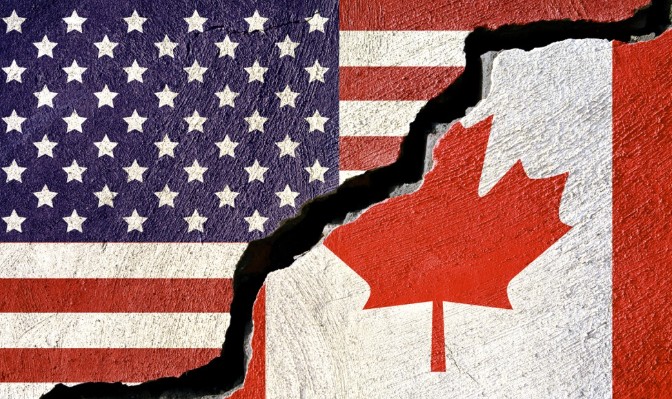Recent Developments
On July 15, Canada’s federal cabinet convened to formulate its response after U.S. President Donald Trump announced a 35 percent tariff on Canadian imports, set to commence August 1. Prime Minister Mark Carney signaled that a “tariff-free” outcome was unlikely and acknowledged the prospect of enduring sector-specific levies.
The new 35 percent rate is separate from existing duties: 25 percent on non-USMCA goods, 10 percent on energy products and potash, 50 percent on steel and aluminum, and 25 percent on autos and parts. Exemptions will apply to CUSMA-qualifying goods, but additional threats loom including potential tariffs on semiconductors, copper and pharmaceuticals. Canada has bolstered its domestic steel supports and border security investments in anticipation of escalating measures.
By July 28, Carney described talks as entering an “intense phase,” emphasizing the complexity of negotiations and the need for a resolution that “makes sense for Canada.” He refrained from predicting whether a deal would materialize by the looming August 1 deadline but underscored Canada’s readiness to stand up for its economic interests.
President Trump, meanwhile, suggested publicly that a Canada deal “might not be in the cards,” hinting at unilateral tariff imposition rather than negotiation. His administration has already dispatched a formal letter threatening a 35 percent levy on non-CUSMA exports and continues to apply sectoral duties on steel, aluminum, automotive content, energy and potash.
Although the August 1 deadline passed without a finalized agreement, all scheduled tariffs remain set to take effect. Negotiations have extended into mid-August as both sides search for a viable compromise landing zone.
Next Steps and Outstanding Issues
To break the current impasse and forge a sustainable agreement, negotiators must tackle the following priorities:
High-Level Diplomatic Engagement
- Convene a new round of ministerial talks in Washington or Ottawa before the end of August.
- Schedule parallel meetings between trade deputies to hammer out sectoral carve-outs.
- Leverage G7 and multilateral forums to build broader consensus and apply diplomatic pressure.
Sector-Specific Negotiations
- Automotive: Define clear rules of origin under CUSMA to limit the 25 percent auto tariff.
- Steel & Aluminum: Explore tariff rate quotas or graduated duties to replace blanket 50 percent levies.
- Energy & Potash: Negotiate targeted exemptions recognizing North American energy security and fertilizer supply chains.
- Dairy & Agriculture: Address U.S. market access concerns without dismantling Canadian supply-management.
- Emerging Sectors: Clarify the fate of proposed semiconductors, copper and pharmaceutical duties.
Tariff Implementation & Exemptions
- Finalize exemption criteria for CUSMA-compliant goods, including documentary requirements at the border.
- Agree on a phased implementation schedule to give businesses time for adjustment.
- Set up a bilateral dispute-resolution mechanism for rapid appeal of disputed tariff applications.
Canada’s Retaliatory Measures
- Prepare a calibrated package of Canadian counter-tariffs, matching U.S. levies sector by sector.
- Coordinate with provincial governments to support affected industries through transitional relief.
- Maintain communication channels with U.S. state governors and business associations to minimize collateral damage.
Legal & Regulatory Clarity
- Draft side-letters or supplementary protocols under CUSMA to lock in negotiated outcomes.
- Publish a unified “customs playbook” outlining new tariff rates, exemptions, and compliance procedures.
- Clarify domestic investment and subsidy rules to avoid triggering WTO disputes.
Conclusion
The mid-August stretch of Canada-U.S. trade talks represents a critical juncture: deadlines have slipped, tariffs hover at the border, and businesses face mounting uncertainty. Success hinges on both sides displaying flexibility Canada must balance protection for key industries with concessions that address U.S. security and deficit concerns, while the U.S. needs to recognize the intertwined nature of North American supply chains.
As negotiations transition from brinkmanship to problem-solving, the path forward lies in sector-by-sector packages, clear exemption frameworks, and enforceable dispute-settlement mechanisms. If Ottawa and Washington can agree on a mutually acceptable “landing zone,” they’ll not only avert broad-based tariffs but also reinforce the CUSMA framework as a pillar of regional prosperity ensuring North American trade remains robust, predictable and fair.

